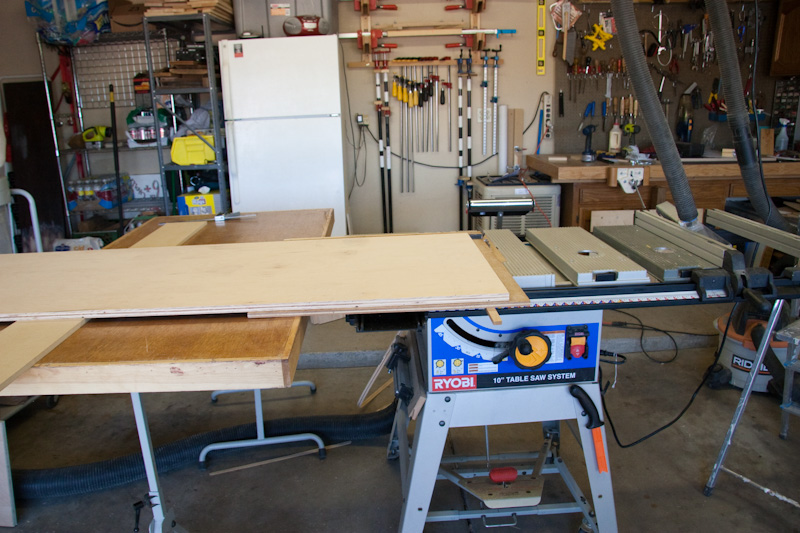Ok , I 'm really going to expose my lack of woodworking skills here but I want to know tips and tricks of working with a 4x8 sheet of oak plywood (1/4") thickness. I will cut this down into smaller pieces for inside flat panels for cabinet doors.
My question is cutting that inital large piece with circ. saw and best way to square up. For example if I cut a panel out say 14"x20" for a door , what method is best to insure a squared piece. In other words, how do I start making sure I'm working with a squared piece to begin with? Should I cut the large piece into 2 or 4 more manageable pieces and then TS it? Just looking for best way to minimize waste. Thanks.
My question is cutting that inital large piece with circ. saw and best way to square up. For example if I cut a panel out say 14"x20" for a door , what method is best to insure a squared piece. In other words, how do I start making sure I'm working with a squared piece to begin with? Should I cut the large piece into 2 or 4 more manageable pieces and then TS it? Just looking for best way to minimize waste. Thanks.

 . Now setup your TS for your final strip width and run the best edge against the fence.
. Now setup your TS for your final strip width and run the best edge against the fence.


 )
)
Comment